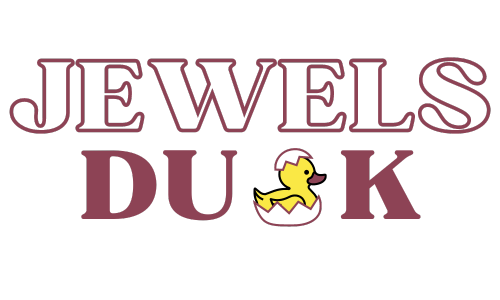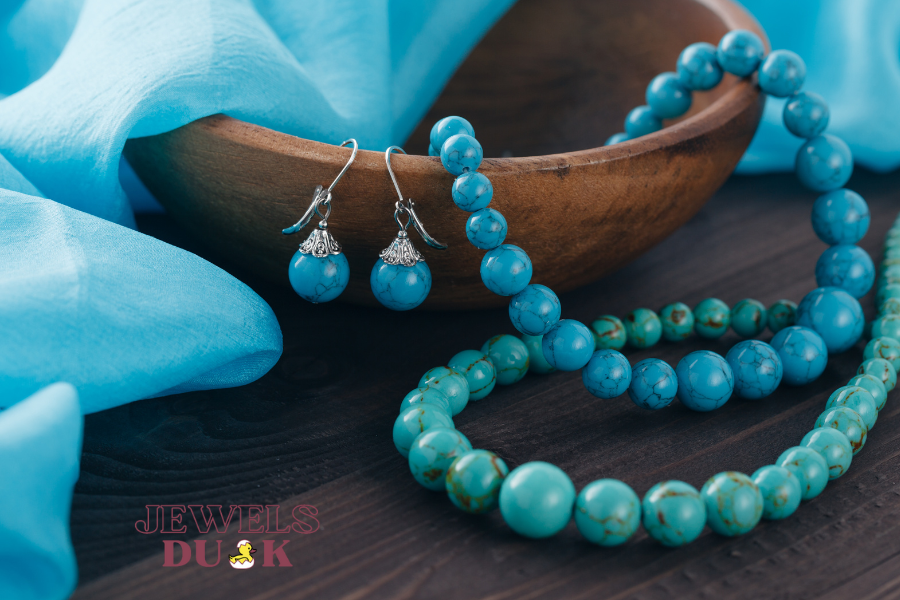Turquoise, with its striking blue and green hues, has been prized for centuries by cultures around the world. But how valuable is turquoise today? In this article, we’ll explore the factors that influence turquoise value, how to evaluate turquoise gemstones, and provide a turquoise price guide to help you understand the worth of turquoise jewelry.
Table of Contents
Understanding Turquoise Value
When discussing turquoise value, several key factors come into play. These include the gemstone’s color, matrix, origin, and treatments. Each of these elements can significantly impact the turquoise jewelry worth.
What Color Turquoise is the most valuable?
Color is one of the most critical factors. The most valuable turquoise is typically a deep, even blue with minimal green tones. However, some people prefer the unique greenish hues that certain types of turquoise exhibit. The matrix, or the web-like pattern often seen in turquoise, can also affect its value. A finely dispersed matrix can enhance a stone’s beauty, while a heavy, dark matrix might lower its worth.
Evaluating Turquoise Gemstones
Evaluating turquoise gemstones requires a keen eye and some knowledge of the factors that affect their quality. One essential aspect is origin. Turquoise from certain regions, such as Iran (Persian turquoise) or the American Southwest, is often more highly valued due to its historical significance and distinctive characteristics.
Another crucial factor is treatment. Untreated turquoise, or natural turquoise, is generally more valuable than stones that have been stabilized, dyed, or otherwise enhanced. When buying turquoise jewelry, always inquire about any treatments the stone may have undergone.
How much is a Real Turquoise Worth? Turquoise Price Guide
To help you navigate the turquoise market, we’ve compiled a brief turquoise price guide. Prices can vary widely based on the factors mentioned above, but here are some general guidelines:
Natural Turquoise: High-quality natural turquoise can range from $10 to $50 per carat. Rare, exceptionally fine pieces can fetch even higher prices.
Stabilized Turquoise: Stabilized stones, which are treated to enhance their durability, typically range from $1 to $10 per carat.
Dyed or Enhanced Turquoise: These stones are often the least expensive, ranging from $0.50 to $5 per carat, depending on the extent and quality of the treatment.

Factors Affecting Turquoise Cost
Several factors can influence the cost of turquoise beyond just the stone itself. These include the design and craftsmanship of the jewelry, the reputation of the jeweler, and current market trends. Craftsmanship can add significant value, especially for pieces created by renowned artists or jewelers. Additionally, the market demand for turquoise can fluctuate, affecting prices.
Frequently Asked Questions on how valuable is Turquoise
How can I tell if my turquoise is real?
To determine if turquoise is real, look for a consistent color throughout the stone and examine it for a natural matrix pattern. A gemologist can also perform tests to verify its authenticity.
Is stabilized turquoise less valuable?
Yes, stabilized turquoise is generally less valuable than natural turquoise. However, it can still be beautiful and durable for everyday wear.
What are the most valuable types of turquoise?
The most valuable types of turquoise are usually those with a deep, even blue color and minimal matrix. Turquoise from regions like Iran and the American Southwest is often highly prized.
What affects the value of turquoise?
Several factors affect the value of turquoise, including its color, matrix, origin, and any treatments it has undergone. Natural, deep blue turquoise with minimal matrix is often the most valuable.
How much is turquoise worth per carat?
The worth of turquoise per carat can vary widely. Natural turquoise can range from $10 to $50 per carat, while stabilized turquoise is generally between $1 to $10 per carat. Dyed or enhanced turquoise is usually less expensive, from $0.50 to $5 per carat.
Why is Persian turquoise highly valued?
Persian turquoise is highly valued due to its historical significance, fine color, and quality. It often has a deep blue hue and minimal matrix, making it particularly desirable.
Conclusion
Understanding the value of turquoise requires considering various factors, from the stone’s color and matrix to its origin and treatments. By familiarizing yourself with these elements, you can better evaluate turquoise gemstones and make informed decisions when purchasing turquoise jewelry. Whether you’re a collector or simply admire the beauty of this gemstone, knowing how to assess turquoise value will enhance your appreciation and enjoyment of these stunning pieces.
When evaluating turquoise jewelry worth, remember that both the intrinsic qualities of the gemstone and the artistry of the piece play crucial roles. Use this turquoise price guide and the insights provided here to navigate the market confidently, ensuring that you recognize and appreciate the true value of turquoise.
By understanding the factors affecting turquoise cost, you can make educated choices and find pieces that not only appeal to your aesthetic sense but also represent a sound investment. Whether you’re drawn to the vibrant blue of Persian turquoise or the unique patterns of American stones, the world of turquoise offers a rich tapestry of beauty and value.
Connect with us on Instagram.






